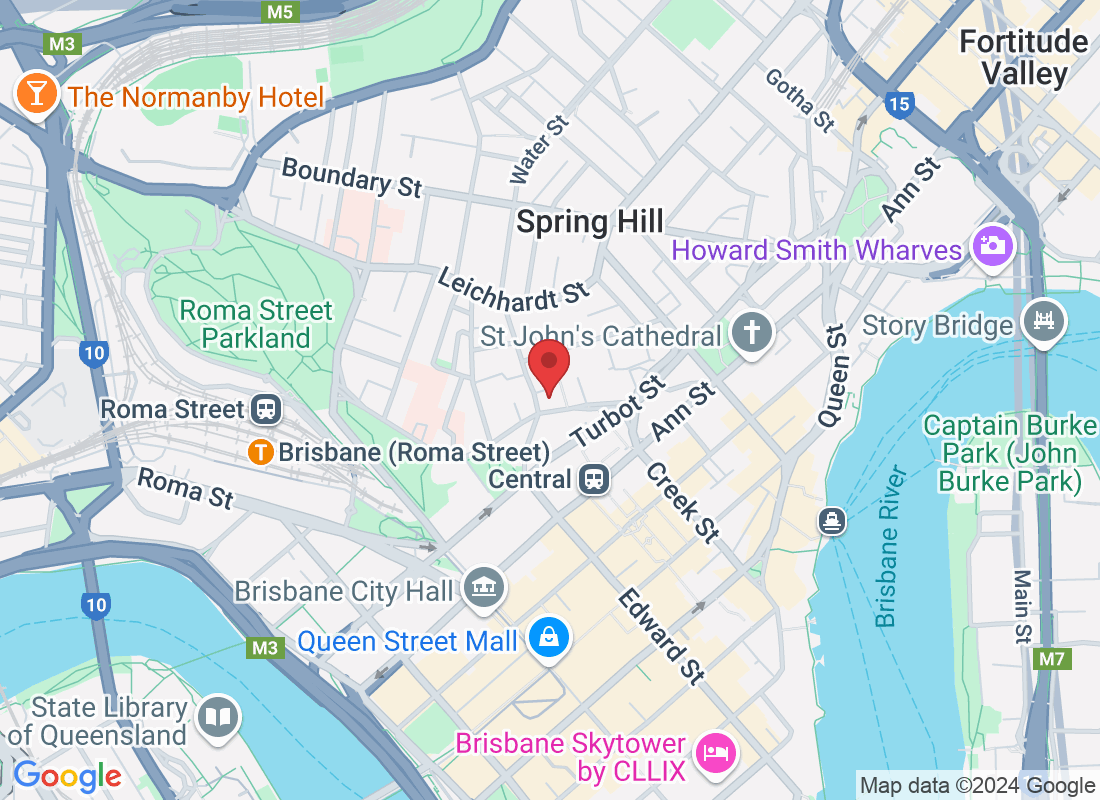
Can Shockwave Therapy Fix Plantar Fasciitis?
If you’ve ever felt a sharp, stabbing pain in your heel first thing in the morning, you might be dealing with plantar fasciitis. It’s one of the most common causes of foot pain—and one of the most frustrating.
You stretch, rest, ice, maybe even buy expensive insoles… but the pain keeps coming back. That’s when many people start asking, “Can shockwave therapy actually fix this?”
Let’s take a closer look at what plantar fasciitis is, how shockwave therapy works, and whether it might be the solution that gets you walking comfortably again.
First Things First: What Is Plantar Fasciitis?
Your plantar fascia is a thick band of tissue that runs along the bottom of your foot—from your heel to your toes. It helps support your arch and absorbs shock when you walk or run.
But when that tissue gets overloaded or irritated, it can become inflamed and painful. That’s plantar fasciitis.
The pain is usually worst:
First thing in the morning when you get out of bed
After long periods of standing
After exercise (rather than during it)
It can feel like a knife in your heel—making simple things like walking or getting out of the car really uncomfortable.
Why Is It So Hard to Get Rid Of?
Plantar fasciitis can be stubborn. One reason is that your foot is always working—even when you’re resting. Every step puts tension on the plantar fascia, which makes it tricky for the tissue to heal on its own.
It also doesn’t respond to one-size-fits-all treatments. What works for one person might not work for another.
That’s why shockwave therapy has become such a popular option—it gives your body a boost where it needs it most.
What Is Shockwave Therapy?
Shockwave therapy (also called radial shockwave or extracorporeal shockwave therapy) is a non-invasive treatment that uses high-energy sound waves to stimulate healing in damaged tissue.
Here’s what it does:
Breaks up scar tissue and adhesions
Increases blood flow to the area
Encourages new tissue growth
Reduces pain signals to the brain
In simple terms, it helps “reset” the healing process—especially in places like the plantar fascia, where recovery can slow down or stall completely.
How Does It Help with Plantar Fasciitis?
When we use shockwave therapy on the heel, it targets the thickened or irritated tissue in the plantar fascia.
Over a few sessions (usually around 3 to 6), people often notice:
Less heel pain
More flexibility through the arch
Better movement without limping or favouring the foot
It’s not a quick fix overnight, but for many people, it’s the turning point that gets them out of the pain cycle.
Even better? There’s no downtime. You can walk in for a session, have the treatment, and carry on with your day—no surgery, no needles, no long recovery.
What to Expect During Treatment
Shockwave therapy for plantar fasciitis usually takes around 5 to 10 minutes per session. You’ll lie back while your physio applies a small handheld device to your heel and arch area.
Most people feel a pulsing or tapping sensation. Some describe it as uncomfortable—but it’s definitely manageable. Your physio can adjust the intensity to keep it within your comfort zone.
You might feel a bit tender for a day or two afterward, but that’s a normal part of the process. It means your body is reacting and getting to work.
Is It Right for Everyone?
Shockwave therapy is safe for most people—but it’s not for everyone. It might not be suitable if:
You’re pregnant
You have a bleeding disorder
You’ve recently had a steroid injection in your foot
You have a serious nerve or circulation issue in your legs or feet
That’s why your physio will always do a proper assessment before starting any treatment. It’s all about finding the best plan for you.
Final Thoughts: Can It Fix It?
For many people, yes—shockwave therapy can be a game-changer in treating plantar fasciitis.
It’s not a magic wand, but it gives your body the push it needs to heal and recover—especially when other treatments haven’t helped.
When combined with stretching, strength exercises, and proper footwear, it can finally get you back to walking, running, or just living your day without heel pain holding you back.
If you’re tired of hobbling out of bed each morning or avoiding long walks, we’re here to help. Book a visit and chat with one of our friendly physios—we’ll figure out the right steps to get you back on your feet, comfortably and confidently.



